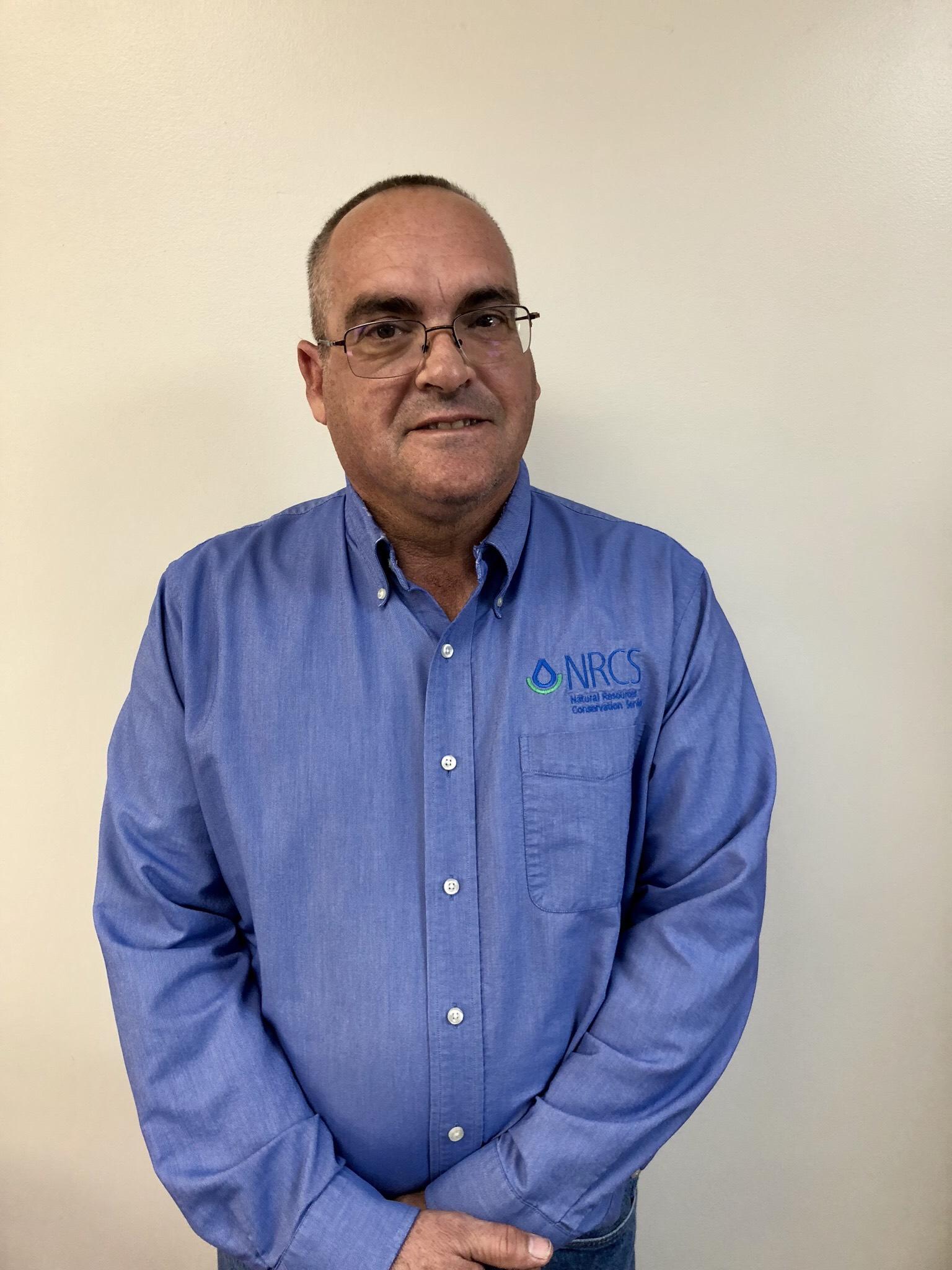
Today I would like to talk about soil water infiltration and what we might be able to do to improve it. The recent heavy rainfall many areas of western Kansas has resulted flooding and soil erosion indicating that water infiltration is limited. This is especially true on cropland fields that are being followed and conventionally tilled. There will always be large rainfall events where we will have some runoff. But in our semi-arid environment it is important to capture as much rainfall as we can when we get it and effectively store it in our soil so it is available to our crops when they need it.
So what is limiting our infiltration rates? There are a lot of different factors involved, including soil types, the amount of residue and/or canopy cover a field may have and so on. But the biggest reason is soil compaction and lack of good stable soil aggregation. They kind of go hand in hand but let’s take a little closer look at each of these factors.
When the soil is compacted soil particles are compressed into a smaller volume, which reduces the size and amount of pore space available. In a compacted soil water has difficulty passing t through those compacted layers to reach the deeper parts of the soil profile. Compaction can be caused by heavy equipment, such as grain carts and combines crossing the field, especially when the soil is wet. As the equipment gets bigger the higher the concern is for creating compaction.
Tillage also causes compaction. This is often referred to this as the tillage pan. This pan gets worse and more compacted when the field is wet when completing a tillage pass. Road construction companies actually use tillage implements, like a disc, to build new roadbeds. The disc helps compacts the soil and reduces the size and amount of pore spaces for water to infiltrate into the roadbed. Continued use of tillage equipment in the field, especially when conditions are wet, can create the same result.
Soil aggregates are groups of soil particles that are bound together by organic matter and plant exudates excreted through plant roots. Soil aggregate stability refers to the ability of soil aggregates to resist being broken down into the individual soil particles of sand, silt and clay. Once the soil is down to those into individual soil particles they will close up soil pore spaces when it does rain and will not allow water to infiltrate. Without good soil aggregation the soil surface also tends to crust and seals up so when rain does fall it just runs off. Excessive tillage destroys aggregates by physically breaking them apart and by incorporating air into the soil, stimulating soil microbes to increase the rate of organic matter decomposition. This organic matter is lost to the atmosphere as carbon dioxide. Over time this results in less organic material to help bind soil aggregates together.
The bottom line is we can increase infiltration rates by reducing tillage. There may be times, for certain producers, in specific cropping systems that tillage may be the most appropriate tool to use. But when it is used exclusively over and over, year after year, we can expect decreased water infiltration rates which will result in more flooding and erosion.
For more information about this or other soil health practices you can contact me at [email protected] or any local NRCS office.
Dale Younker is a Soil Health Specialist with the Natural Resources Conservation Service in Jetmore.
